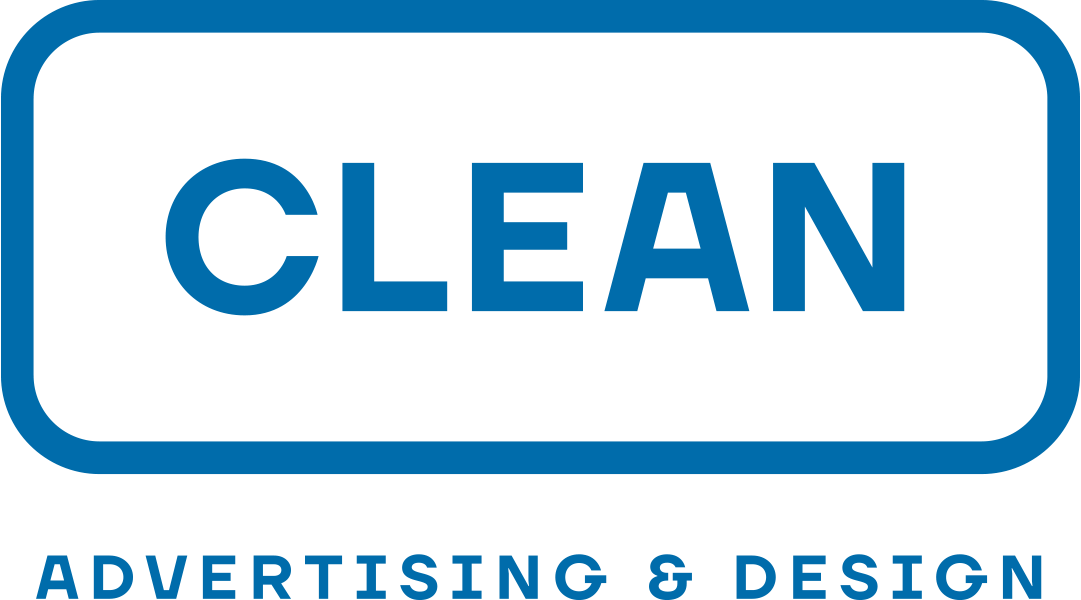In the era of “need-results-yesterday” agency life, we often extoll the virtues of placing small bets as a way of convincing a client to take a chance on a challenging creative idea. I’ve used this terminology myself. The problem with a gambling reference is at least two-fold. One, is the obvious implication that we could lose. Two, is that very few gamblers learn from – losing or winning, for that matter.
Recently, I came across an interview with IDEO’s Tom Kelley that gave me a new way to advocate for challenging creative ideas. I’m a bit of an IDEO fanboy so I watched the entire hour-long interview with a notepad and pen in hand. There were a lot of gems, but the one that stood out was the notion of presenting ideas as experiments. By their very nature, experiments seem less risky because there is learning to be had whether they succeed or fail. Conversely, a bet is all risk or reward, not both.
This got me wondering, “What if we approached creativity as a science?”
So, I compared the steps of the scientific method to the creative process and they’re nearly identical. The beauty of presenting creativity as a science is that (almost) everyone places a lot of faith in science. Which means clients might have more confidence in trying an idea that has been put through the scientific, or creative, method. Now creative ideas become scientific theories that simply need experimentation. Now instead of convincing a client to take a chance, we propose an experiment. Seems it would make putting a challenging idea in market seem a lot less of a gamble.
Attached is my version of the Creative Method.



No Comments.